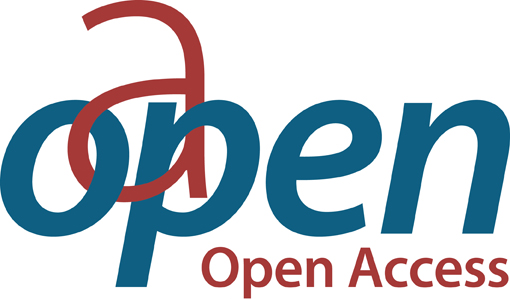Rechtskommunikation und Barrierefreiheit
Zur Übersetzung juristischer Informationsund Interaktionstexte in Leichte Sprache
| dc.contributor.author | Rink, Isabel | |
| dc.date.accessioned | 2020-12-11T10:47:24Z | |
| dc.date.available | 2020-12-11T10:47:24Z | |
| dc.date.issued | 2019 | |
| dc.identifier | OCN: 1314846477 | |
| dc.identifier.isbn | 9783732905935 | en_US |
| dc.identifier.isbn | 9783732994038 | en_US |
| dc.identifier.uri | https://0-library-oapen-org.catalogue.libraries.london.ac.uk/handle/20.500.12657/43215 | |
| dc.description.abstract | Accessible legal communication seems to be a contradiction in itself: Legal terminology places high demands on comprehension. Easy language, on the other hand, aims for maximum comprehensibility. Isabel Rink explores the options for successful accessible legal communication. She shows how it is possible to get the relevant types of texts accessible to all. She takes a look at a pilot project of the Lower Saxony Ministry of Justice: " Easy Language in the Lower Saxony Judiciary". The author demonstrates how texts of legal-administrative communication must be designed in order to be accessible, understandable, acceptable and actionable for people with perceptual and comprehension impairments, so that addressees who were previously excluded from the legal system also gain access to it. Isabel Rink is co-founder and managing director of the Research Centre for Easy Language, research assistant at the Institute for Translation Studies and Specialised Communication at the University of Hildesheim and junior research group leader of the doctoral group Barrier-free Medical Communication (BK Med) at the Research Centre for Easy Language. Together with Christiane Maaß, she edited the handbook Barrier-free Communication. | en_US |
| dc.language | German | en_US |
| dc.relation.ispartofseries | Easy – Plain – Accesible | en_US |
| dc.subject.classification | thema EDItEUR::C Language and Linguistics::CF Linguistics::CFB Sociolinguistics | en_US |
| dc.subject.classification | thema EDItEUR::C Language and Linguistics::CF Linguistics::CFG Semantics, discourse analysis, stylistics | en_US |
| dc.subject.classification | thema EDItEUR::C Language and Linguistics::CF Linguistics::CFK Grammar, syntax and morphology | en_US |
| dc.subject.classification | thema EDItEUR::C Language and Linguistics::CF Linguistics::CFM Lexicography | en_US |
| dc.subject.classification | thema EDItEUR::C Language and Linguistics::CF Linguistics::CFP Translation and interpretation | en_US |
| dc.subject.classification | thema EDItEUR::G Reference, Information and Interdisciplinary subjects::GT Interdisciplinary studies::GTC Communication studies | en_US |
| dc.subject.classification | thema EDItEUR::L Law::LA Jurisprudence and general issues | en_US |
| dc.subject.classification | thema EDItEUR::J Society and Social Sciences::JN Education::JNF Educational strategies and policy | en_US |
| dc.subject.other | barrier-free | en_US |
| dc.subject.other | communikation | en_US |
| dc.subject.other | easy language | en_US |
| dc.subject.other | accessibility | en_US |
| dc.subject.other | court | en_US |
| dc.subject.other | justice | en_US |
| dc.subject.other | law | en_US |
| dc.subject.other | legal terminology | en_US |
| dc.subject.other | inclusion | en_US |
| dc.subject.other | legal communication | en_US |
| dc.subject.other | linguistics | en_US |
| dc.subject.other | translation | en_US |
| dc.title | Rechtskommunikation und Barrierefreiheit | en_US |
| dc.title.alternative | Zur Übersetzung juristischer Informationsund Interaktionstexte in Leichte Sprache | en_US |
| dc.type | book | |
| oapen.identifier.doi | 10.26530/20.500.12657/43215 | |
| oapen.relation.isPublishedBy | 68154ca9-944b-46a4-823f-3fb31adbbb48 | en_US |
| oapen.series.number | 1 | en_US |
| oapen.pages | 474 | en_US |
| oapen.place.publication | Berlin | en_US |

